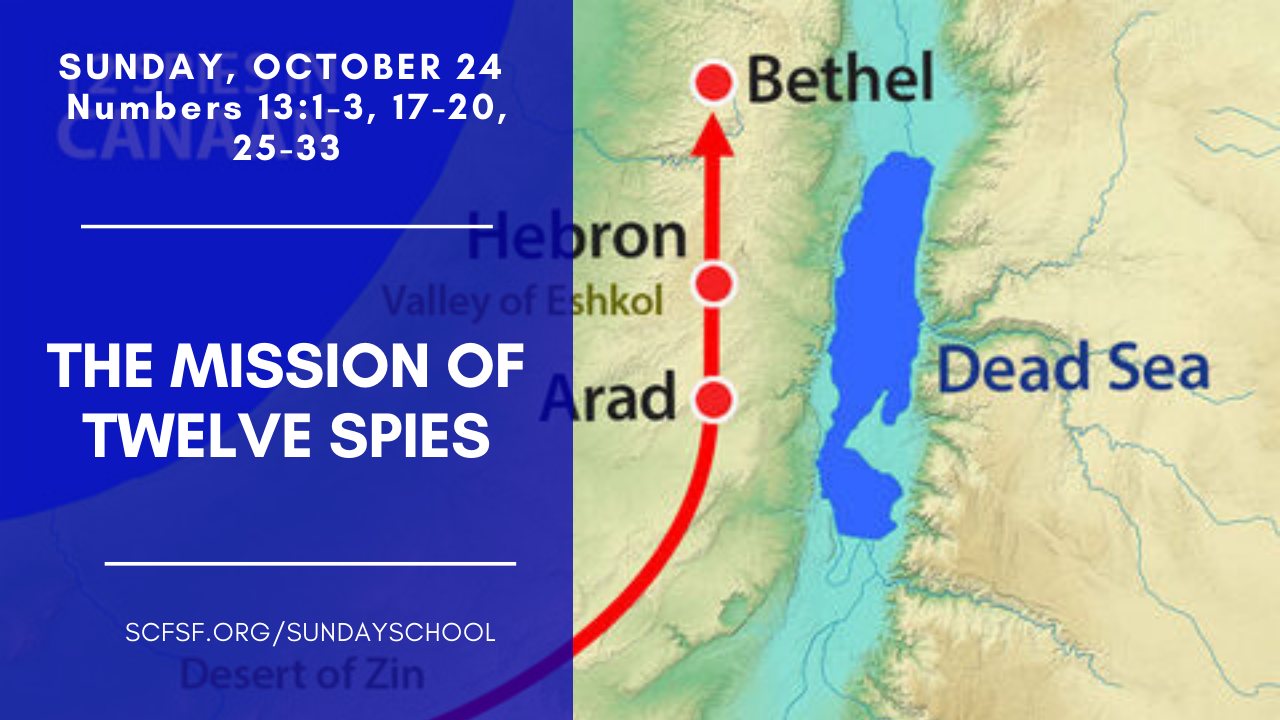SCRIPTURE BY CHARLENE ARMSTRONG BROWN
Scripture Lesson Text: Leviticus 16:11-19
Related Scriptures: Leviticus 23:26-32; Numbers 29:7-11; Hebrews 9:1-28; 10:1-18
In the lesson text today we see once again the matchless and precious grace of God’s love poured out for His people by way of the Day of Atonement. Atonement is defined as “covering or to cover,” and the Levitical sacrifices were performed to cover the sins of the Israelites. “And he shall make an atonement for the holy place, because of the uncleanness of the children of Israel, and because their transgressions in all their sins; and so shall he do for the tabernacle of the congregation, that remaineth among them in the midst of their uncleanness.” (Leviticus 16:16)
In Leviticus 23:26-32 , we see the LORD giving instructions this time to Moses concerning the Day of Atonement which was defined as a day that the LORD gave detailed instructions to be followed by the Israelites which would be used to signify the forgiveness and the cleansing of their sins. Leviticus 23:26, 27 states “And the LORD spake to Moses, saying, Also on the tenth day of this seventh month there shall be a Day of Atonement; it shall be an holy convocation unto you; and ye shall afflict your souls, and offer an offering made by fire unto the LORD”.
Numbers 29:7-11 details an account of instructions for a sacrifice, but this time it’s the offerings for the Feast of Trumpets. The LORD was very detailed in His instructions to Moses, which were to be executed and followed precisely as He had instructed. Hebrews 9:1-28 speaks of the Earthly Holy Place as it describes the tabernacle, its service and regulations. This description of the Earthly Holy Place is in reference to the Day of Atonement. The reference of the articles used serve the same purpose as in the Old Testament, such as the golden altar of incense in Hebrews 9:4 was used by the priest to burn incense as an offering to the LORD.
SYNOPSIS BY DOUG SMITH
This was the greatest day of the year for Israel. The Hebrew word for atone means”to cover”. The Old Testament sacrifices could not actually remove sins, only covered them. On this day, the people confessed their sins as a nation, and the high priest went into the most holy place to make atonement for them. Sacrifices were made and blood was shed so that the peoples sins could be covered.
Aaron had to spend hours preparing himself to meet God. A censer was a dish or shallow bowl that hung by a chain or was carried with tongs. Inside the censer was placed incense, a combination of sweet smelling spices and live coals from the altar. On the Day of Atonement, the high priest entered the most holy place carrying a smoking sensor. The smoke shielded him from the ark of the covenant and the presence of God, otherwise he would die.
This event with the two goats occurred on the Day of Atonement. The two goats represented the two ways God was dealing with the Israelites’ sin. He was forgiving their sin through the first goat, which was sacrificed. He was removing their guilt through the second goat, the scapegoat, which was sent into the wilderness. The same ritual had to be repeated every year.
PRACTICAL APPLICATION BY RAUFU SPAGNOLETTA
When preparing for this Sunday school assignment, I literally heard these lyrics in my ear. “What can wash away my sin? Nothing but the blood of Jesus; What can make me whole again? Nothing but the blood of Jesus.” On the Day of Atonement, the High Priest entered the Holy of Holies and sprinkled the blood of the sin offering, on and before the mercy seat, to make an atonement (covering) for the sins of Israel. “Jesus our High Priest entered the presence of God, and secured our redemption by His own blood.” (Hebrews 9:12)
In the Book of Hebrews, the writers compare the inadequacies of the Old Testament sacrificial system to the perfection and completion in Christ. Christ’s once-for-all sacrifice was superior to the Old Testament Day of atonement (Hebrew 10:10). Jesus did not need to offer up sacrifices for His own sins, and then for the people, as human priests, He offered Himself as the perfect sacrifice (Hebrews 7:26-28). Now we have direct access to the throne of grace (Hebrews 4:16).
To quote the Bible Project, “to the ancient Israelites, the Day of Atonement would have been experienced as an expression of God’s love. He wanted to leave them with no doubt that they were forgiven, renewed, and provided with a clean slate after the Day of Atonement.” God is the same yesterday, today and forever. Therefore, Let us confess our sins and maintain uninterrupted fellowship with the Father, and His Son, Jesus Christ (1 John 1:5-10).



